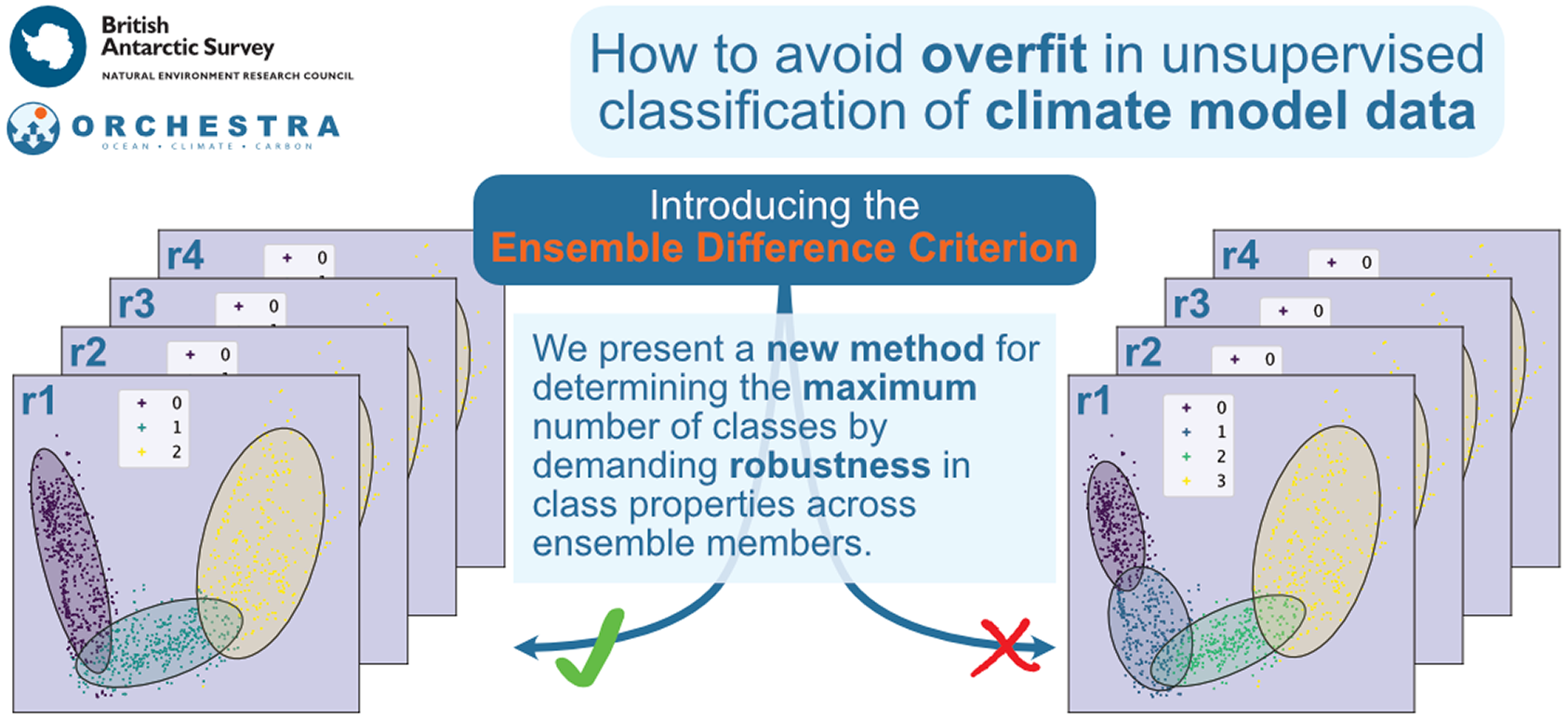Determining an accurate picture of ocean currents is an important societal challenge for oceanographers, aiding our understanding of the vital role currents play in regulating Earth’s climate, and in the dispersal of marine species and pollutants, including microplastics. The geodetic approach, which combines satellite observations of sea level and Earth’s gravity, offers the only means to estimate the dominant geostrophic component of these currents globally. Unfortunately, however, geodetically-determined geostrophic currents suffer from high levels of contamination in the form of geodetic noise. Conventional approaches use isotropic spatial filters to improve the signal-to-noise ratio, though this results in high levels of attenuation. Hence, the use of deep learning to improve the geodetic determination of the ocean currents is investigated. Supervised machine learning typically requires clean targets from which to learn. However, such targets do not exist in this case. Therefore, a training dataset is generated by substituting clean targets with naturally smooth climate model data and generative machine learning networks are employed to replicate geodetic noise, providing noisy input and clean target pairs. Prior knowledge of the geodetic noise is exploited to develop a more realistic training dataset. A convolutional denoising autoencoder (CDAE) is then trained on these pairs. The trained CDAE model is then applied to unseen real geodetic ocean currents. It is demonstrated that our method outperforms conventional isotropic filtering in a case study of four key regions: the Gulf Stream, the Kuroshio Current, the Agulhas Current, and the Brazil-Malvinas Confluence Zone.



